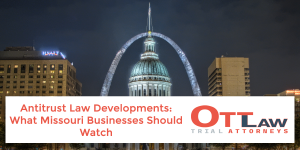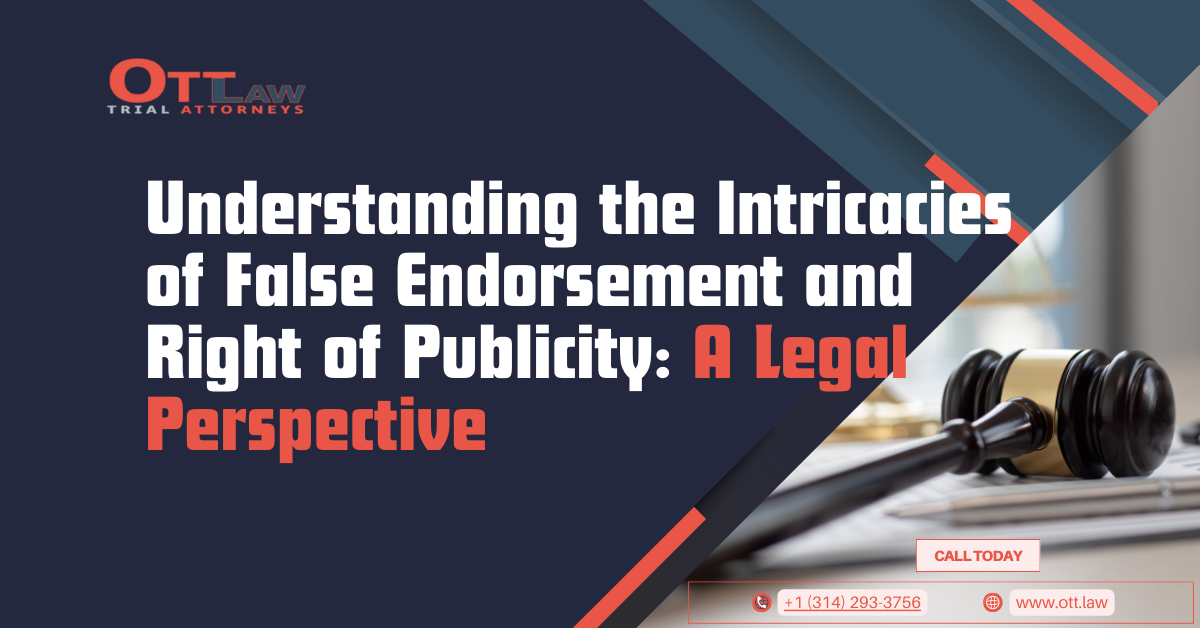In an era where personal brand carries significant weight, legal frameworks that protect an individual’s identity and likeness are of paramount importance. This article will delve into key aspects of false endorsement under the Lanham Act, contrast it with right of publicity laws, and discuss the variability in state laws. These topics are crucial for understanding the complex landscape of individual rights in the context of commerce and media.
The Lanham Act: Shield Against False Endorsement
The Vanna White Case
One seminal case that sheds light on the scope of the Lanham Act is that involving celebrity Vanna White. Courts have asserted that a celebrity holds an economic interest in their identity similar to a traditional trademark holder. Therefore, celebrities can assert their rights under the Lanham Act to protect against false endorsement.
The Naked Cowboy Controversy
In a more nuanced case, Robert Burck, known by his stage name “The Naked Cowboy,” sued Mars, Inc. for featuring an M&M’s character dressed in his iconic all-white ensemble. While Burck’s right of publicity claim stumbled, his case under the Lanham Act for false endorsement was allowed to proceed. This emphasizes the Act’s applicability even when state laws on right of publicity fall short.
Right of Publicity vs. Lanham Act: Nuances and Limitations
The Marilyn Monroe Estate Case
The estate of Marilyn Monroe found itself embroiled in litigation with A.V.E.L.A., a licensing company. Although their right of publicity claims were dismissed, the estate filed counterclaims under the Lanham Act citing damages for false endorsement. In such cases, however, plaintiffs bear the additional burden of proving a likelihood of consumer confusion.
The Significance of Copyright Claims
The right of publicity should not be conflated with copyright. For instance, if an artist creates a self-portrait that is then used without permission in a commercial, the artist may find greater success through a copyright claim, especially if the work is registered with the U.S. Copyright Office. Copyright offers federal protections, potentially including statutory damages and attorneys’ fees, making it a powerful legal tool.
The Complexity of State Laws: A Cautionary Note
State laws concerning the right of publicity vary significantly, creating a complicated web of liability issues. This variation covers the duration of protection, whether post-mortem rights are recognized, and the need for prior registration or use. Moreover, because most cases settle out of court, there is a scarcity of judicial guidance. This fragmentation is further exacerbated by inconsistencies in appellate court rulings, especially when constitutional issues like the First Amendment are involved.
Conclusion
Understanding the intricate legal frameworks around false endorsement and the right of publicity is imperative in today’s interconnected world. While the Lanham Act provides a federal recourse against false endorsement, the right of publicity is largely governed by divergent state laws. Whether you are a celebrity, an artist, or a business owner, being aware of these laws can be your first line of defense against unauthorized use of personal identity or likeness.














